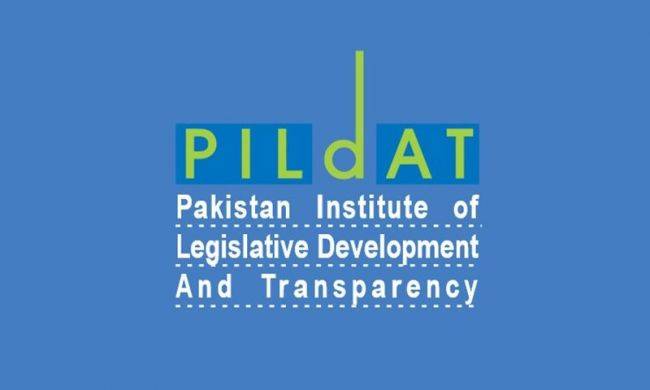PILDAT survey on democratic system in Pakistan
Shares

ISLAMABAD (APP): According to a nation-wide public opinion poll conducted by PILDAT, a majority of 54 percent Pakistan's population expressed satisfaction with the democratic system.
PILDAT conducted the survey at the end of the third year of the current federal and provincial governments, June 2015-May 2016, said a press release issued here on Thursday.
READ MORE: Pakistan Railways recovery is an example to follow: PILDAT
Public satisfaction has been fairly consistent over the first three years of the currently elected governments on the overall quality of democracy.
The proportion of respondents who were satisfied with the existing democratic system at the end of second year of elected governments, June 2014-May 2015, stood at 58 percent. Moreover, at the end of first year of the elected governments, June 2013-May 2014, this figure stood at 55 percent.
With regards to provincial breakdowns, respondents from Sindh seemed to be least satisfied with overall quality of democracy, with only 32 percent of the respondents looking favourably upon it.
This was followed by Khyber Pakhtunkhwa at 58 percent, Punjab at 61 percent and Balochistan at 66 percent.
READ MORE: PILDAT survey declares KPK and Punjab at top in good Governence
Support for the overall quality of democracy at the end of the third year was greater amongst urban section of the country's population, with 58 percent of the respondents from urban areas looking favorably upon it, in comparison to 47 percent of the respondents in Pakistan's rural areas.
Even though satisfaction with the overall quality of democracy remains consistently positive, the favourable outlook with regards to democracy as a system of government has seen a decline of 11 percentage points in three years compared to the first year.
At the end third year, only 56 percent of the nation-wide respondents believe democracy to be the best system of government, as compared to 67 percent at the end of the first year and 64 percent at the end of the second year.
